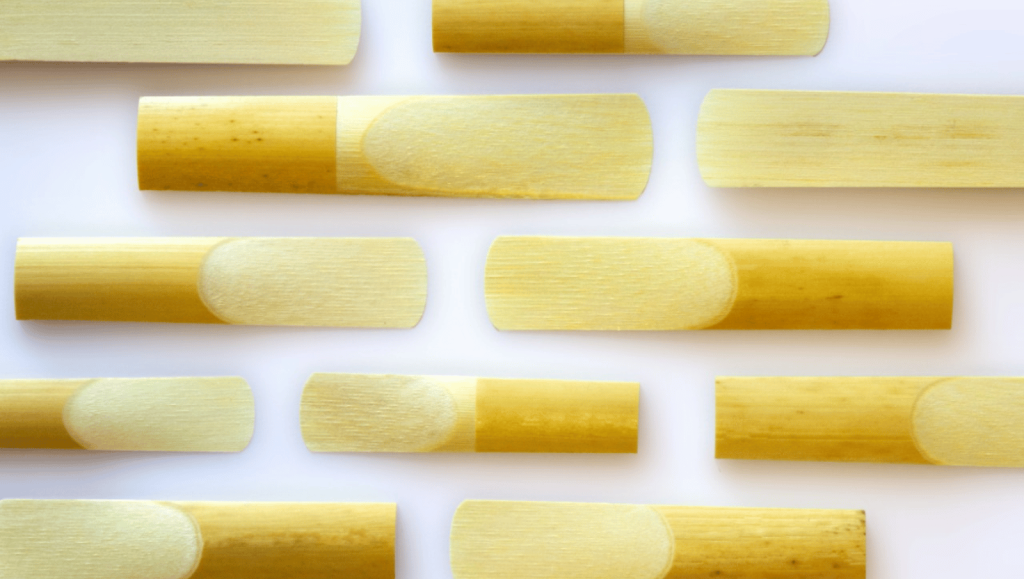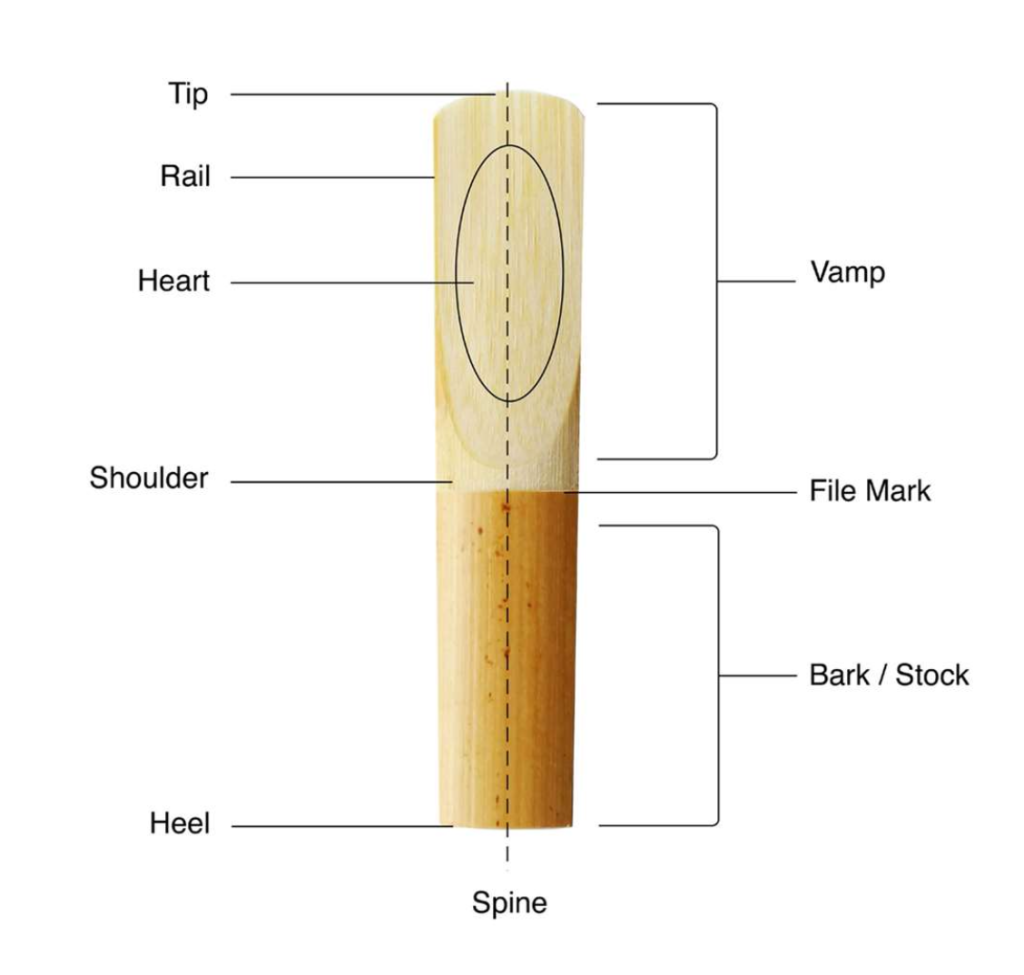Caring for Your Single Reeds: Essential Tips for Clarinet and Saxophone Players
16th July 2025Whether you’re a beginner or an experienced player, caring for your single reeds will extend the life of your favourites and provide the best performance. Good reed maintenance not only saves you money, it ensures your playing stays consistent, smooth, and expressive. Here’s a comprehensive guide to help you get the most from your clarinet or saxophone reeds.

1. Rotate Your Reeds
Why rotate?
Using the same reed every day causes it to wear unevenly, lose flexibility, and die faster. By rotating between 3-5 reeds at a time, you allow each reed to rest and dry out between sessions, which extends their lifespan and keeps your tone more consistent.
How to rotate effectively:
- Label or number your reeds with a pencil or marker.
- Use a reed case that allows you to keep track of them.
- Follow a simple rotation pattern (e.g., 1–2–3–4–5) so no reed is overused.
2. Soak Before Playing
Dry reeds = poor performance.
Reeds need moisture to vibrate properly. Playing on a dry reed can cause it to crack or warp, and it just won’t respond well.
Soaking tips:
- Soak in clean water (avoid saliva!) for around 30 seconds before playing.
- Avoid soaking for too long – over-soaked reeds can become mushy and lose their structure.
- For convenience, use a small container or reed soaker during warm-up time.
3. Store Reeds Properly
Good storage = longer life.
Once you’re done playing, your reed needs to dry out in a flat, ventilated space.
What to avoid:
- Don’t leave reeds on the mouthpiece.
- Don’t store wet reeds in the plastic sleeves they came in – they’ll grow mould.
Better storage options:
- Use a ventilated reed case with a flat surface and humidity control (some have replaceable packs to maintain ideal moisture such as D’Addario).
- Make sure your reeds dry fully before sealing them in any container.

4. Break In New Reeds Gently
New reeds can be a bit stiff at first. You may find the first few in a box may not play exactly as you are hoping, but by breaking them in gradually helps prevent premature warping and allows them to settle in.
Try this:
- Play a new reed for just 5-10 minutes the first few times.
- Rotate it with your other reeds during early use.
5. Inspect and Maintain
Regularly check your reeds for chips, cracks, mould, or warping. If a reed doesn’t play well despite proper care, it may be time to retire it.
Quick maintenance tips:
- Rinse reeds gently with water after playing.
- Use a flat glass surface or reed resurfacer to fix slight warping.
- Discard any reeds that show signs of black spots (mould) or deep splits.
Final Thoughts
Your reeds are a vital part of your sound – treat them with care and they’ll reward you with better tone, quicker response, and a more enjoyable playing experience. Whether you’re gearing up for practice, performance, or a jam session, a little attention to your reeds goes a long way.